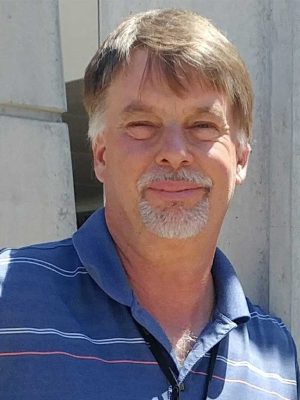Find a Clinic or Service
“I had surgery at KDH for a knee injury. The experience I had was like no other. The video of what to expect was superbly done and put me at ease before I arrived. The greeter was welcoming and had a great sense of humour. I could tell he really enjoyed his job! The nurse who took care of me explained everything that would happen. I shared with her my fear of IVs and she used a small needle and distracted me so I felt only a pinch. Dr. Marshall explained the procedure and what would happen. He wheeled me into surgery and the people in the OR all introduced themselves and told me what they do. After the surgery, another nurse was there when I opened my eyes and she could see I was confused so she told me it was ok to go back to sleep for a little while. Later, she made sure I was ready to go. I work in the Human Resources field, and I would love to know more about how you create a culture where everyone wants to be at work and be their best selves!”


